
by logisticsplus | Aug 7, 2019 | News
 With the help of the Erie County Department of Health and the Northwest Pennsylvania Tobacco Control Program, Logistics Plus has successfully implemented a smoking cessation program for employees. Over the past several months, members from the Department of Health have conducted weekly meetings and lunch discussions to offer tips and suggestions to stop smoking. Employees who participated were provided with charts, questionnaires, and brochures that helped with setting goals and tracking progress as people began their smoke-free journey.
With the help of the Erie County Department of Health and the Northwest Pennsylvania Tobacco Control Program, Logistics Plus has successfully implemented a smoking cessation program for employees. Over the past several months, members from the Department of Health have conducted weekly meetings and lunch discussions to offer tips and suggestions to stop smoking. Employees who participated were provided with charts, questionnaires, and brochures that helped with setting goals and tracking progress as people began their smoke-free journey.
The Erie County Department of Health provided constant support and a point of contact for any questions or concerns our employees had during this process. As a result, Logistics Plus is happy to announce that multiple employees in the program are now two and three months smoke-free! As a fast-growing, global company, Logistics Plus understands the importance of our employees health and lifestyles. Congratulations to all of our employees who are making progress in their journey towards a smoke-free lifestyle!
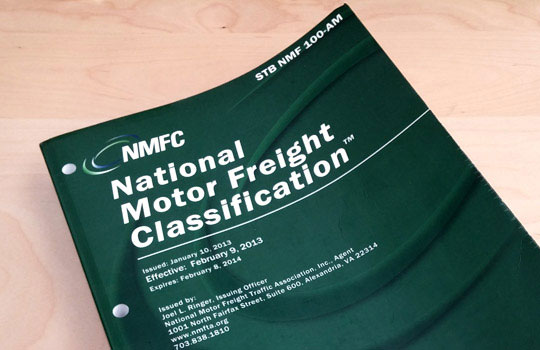
by logisticsplus | Aug 5, 2019 | News

Please see the latest supplement to the National Motor Freight Classification (NMFC®) by the Commodity Classifications Standards Board (CCSB). These changes have an effective date of 8/24/2019. A few of the notable changes are listed below.
- Item 171 – Artificial construction of a density to obtain a lower class (the bumping clause) has been cancelled and no longer applies on any NMFC Items.
- All items listed under the Flowers, Herbs or Leaves (NMFC 71500); and Roots or Spices (NMFC 170700) groups are being cancelled and moved to the newly established NMFC 98720 which will carry a 3 sub classification based on density and may be an increase or decrease in class. ***Please see the attached supplement for specific NMFC Items affected.
- Binders or Covers – NMFC 23490 & 23500 are being cancelled and moved under NMFC 179180 which carries an 11 sub classification based on density and may be an increase or decrease in class.
- Cookers, electric, low temperature – NMFC 25930 is being cancelled and moved under NMFC 25840 which is being changed to a flat class 110 and will have an increase in class.
- Cookers, steam pressure (Pressure Cookers) – NMFC 52880 is being cancelled and moved under NMFC 25840 which will be a flat class 110 and newly established NMFC 52960 which will be a flat class 100.
- Heaters, water, tankless – NMFC 26525 is being changed to a 2 sub classification based on density and will be an increase in class.
- Mobility scooter, electric – newly established NMFC 56834 will carry a 2 sub classification based on density.
- Wheelchairs, motor-propelled – NMFC 57070 is being changed to a 2 sub classification based on density and may be an increase or decrease in class.
- Shampoo or Conditioner; and Shaving Cream or Shaving Soap – NMFC 59320 and 59360 are being canceled and moved under NMFC 59420 which is being changed to a 3 sub classification based on density and will be an increase in class.
- Cords, power supply (for permanent attachment to electric appliance, machine or tools) – NMFC 61490 is being changed to a flat class 70 and will be an increase in class.
- Electronic Cigarettes, Vape Device or other Nicotine Delivery System or Subassemblies or Essential Parts – newly established NMFC 61805 will carry an 11 sub classification based on density.
- Telephone Parts and Videophones – NMFC 63285 & 63310 are being canceled and moved under NMFC 63300 which carries an 11 sub classification based on density and may be an increase or decrease in class.
- Carpet or Rug Lining, Cushions or Floor Underlayment – NMFC 70540, 70560, 70580, 70600, 70650 & 70660 are being cancelled and moved under newly established NMFC 70610 which will carry an 8 sub classification based on greatest dimension and density and may be an increase or decrease in class.
- Sneeze Guards or Food Shields – NMFC 82285 is being changed to a 2 sub classification based on the greatest dimension and will be an increase in class.
- Gas Masks – NMFC 85380 is being cancelled and moved under NMFC 134140 which is being changed to class 200 and will be an increase in class.
- Air Coolers, water evaporative type – NMFC 114130 is being changed to an 8 sub classification based on packaging and density and may be an increase in class.
- Drags, Groomers or Rakes (equestrian arena or track – tractor or vehicle attaching) – newly established NMFC 119750 will carry a 2 sub classification based on density.
- Pressure Reducing Valve and Water Relief Valve combined – NMFC 127200 is being cancelled and moved under NMFC 127220 which is being changed to a 3 sub classification based on density and may be an increase or decrease in class.
- Siding, plastic – NMFC 170580 is being changed to an 8 sub classification based on the greatest dimension and density and will be an increase in class.
- Augers or Diggers (post hole, hand held or hand supported) – NMFC 183635 is being changed to an 8 sub classification based on packaging and density and may be an increase in class.
- Windshield Wiper Arms, Blades or Motor – NMFC 197720 is being changed to a flat class 110 and will be an increase in class.
- Cancelled NMFC Items due to being Obsolete:
Asbestos Articles – NMFC 14620
Shoe shining cabinet (household) – NMFC 80380
Oleo Stock – NMFC 145550
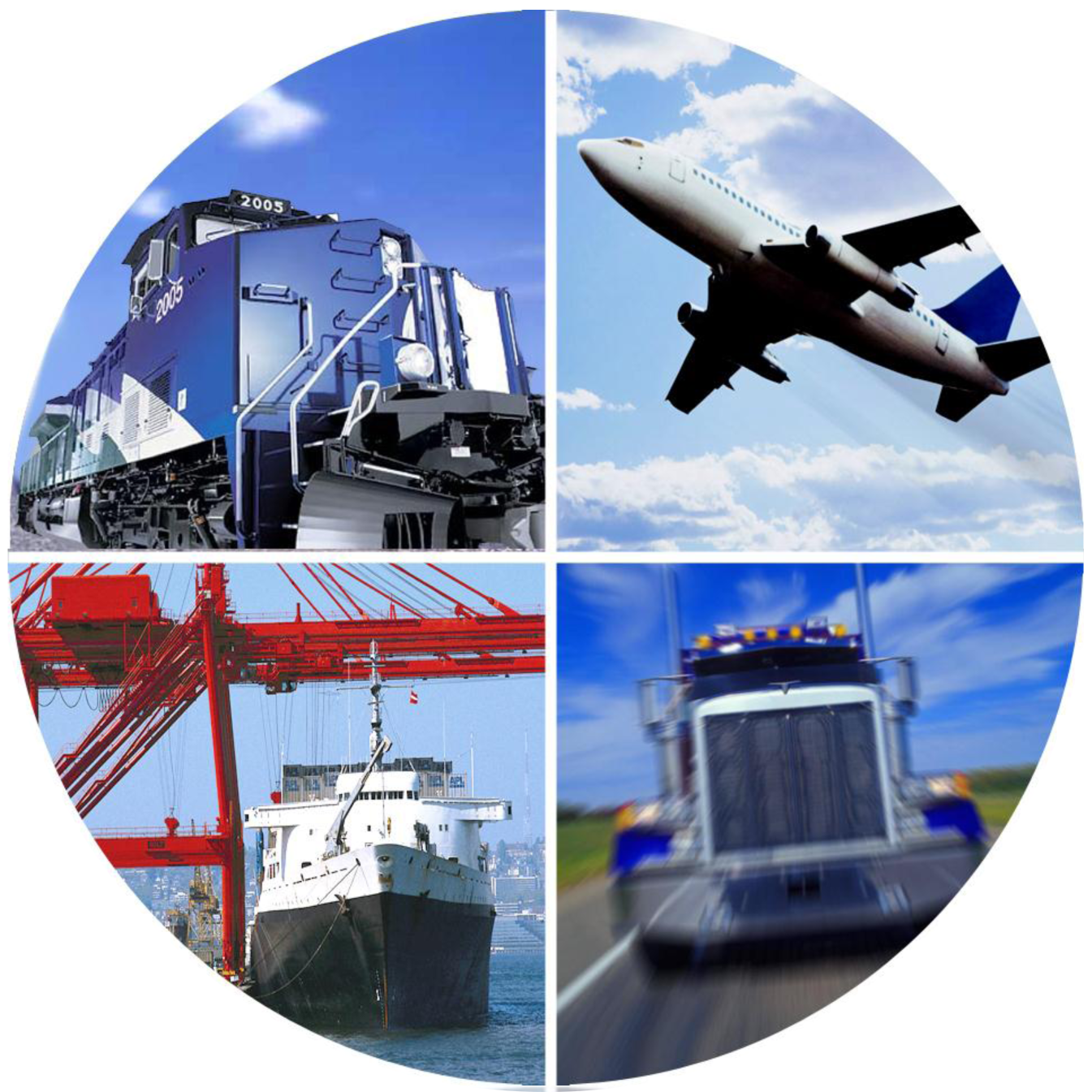
by logisticsplus | Aug 1, 2019 | News
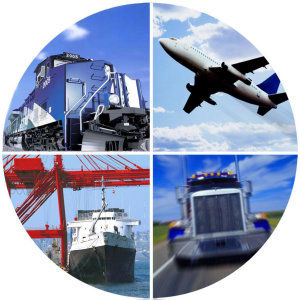 Most people don’t dream about working in the logistics industry as a child. In fact, many people aren’t even aware of the logistics industry at all. That doesn’t change the fact that it is an important industry that accounts for nearly 8% of everything we make and sell in the United States. The logistics industry is constantly evolving, and every day presents a chance to learn something new: from new countries and territories you don’t know exist, to random transportation facts. Here is a list of 10 random facts you might learn while working in logistics:
Most people don’t dream about working in the logistics industry as a child. In fact, many people aren’t even aware of the logistics industry at all. That doesn’t change the fact that it is an important industry that accounts for nearly 8% of everything we make and sell in the United States. The logistics industry is constantly evolving, and every day presents a chance to learn something new: from new countries and territories you don’t know exist, to random transportation facts. Here is a list of 10 random facts you might learn while working in logistics:
- Not only is Georgia a state, it’s also a country at the intersection of Europe and Asia. The next time someone has a shipment going to Georgia, it may make sense to ask which one!
- France is spread across 12 different time zones, the most of any country. This is due to France maintaining several overseas territories across the globe.
- The Falkland Islands (a British territory) has a sheep to person ratio of 350:1. It’s no surprise that wool is a major export for the island.
- Air freight is four times as popular as ocean freight. It’s estimated that 9.5 billion tons of goods are shipped by sea, and 42 billion tons by air each year.
- There are about 15.5 million trucks in the United States, but only 3.5 million qualified truck drivers. It’s no wonder we are experiencing a capacity crunch in the industry!
- The word “logistics” comes from a 19th century French Word “logistique” – a word used to describe the transportation of soldiers and military supplies.
- The Vietnamese language has six different tones, and each small change in tone can completely change the meaning of what you are saying. Watch how you say things!
- Bar codes were originally created and only used as a way of keeping track of railway cars that traveled across the country. Today, they’re on just about everything.
- One-third of the world’s airports are located in the United States.
- The shortest flight in the world is from the Scottish Isle of Westray to Papa Westray. The total flight time is only about a minute and thirty seconds.
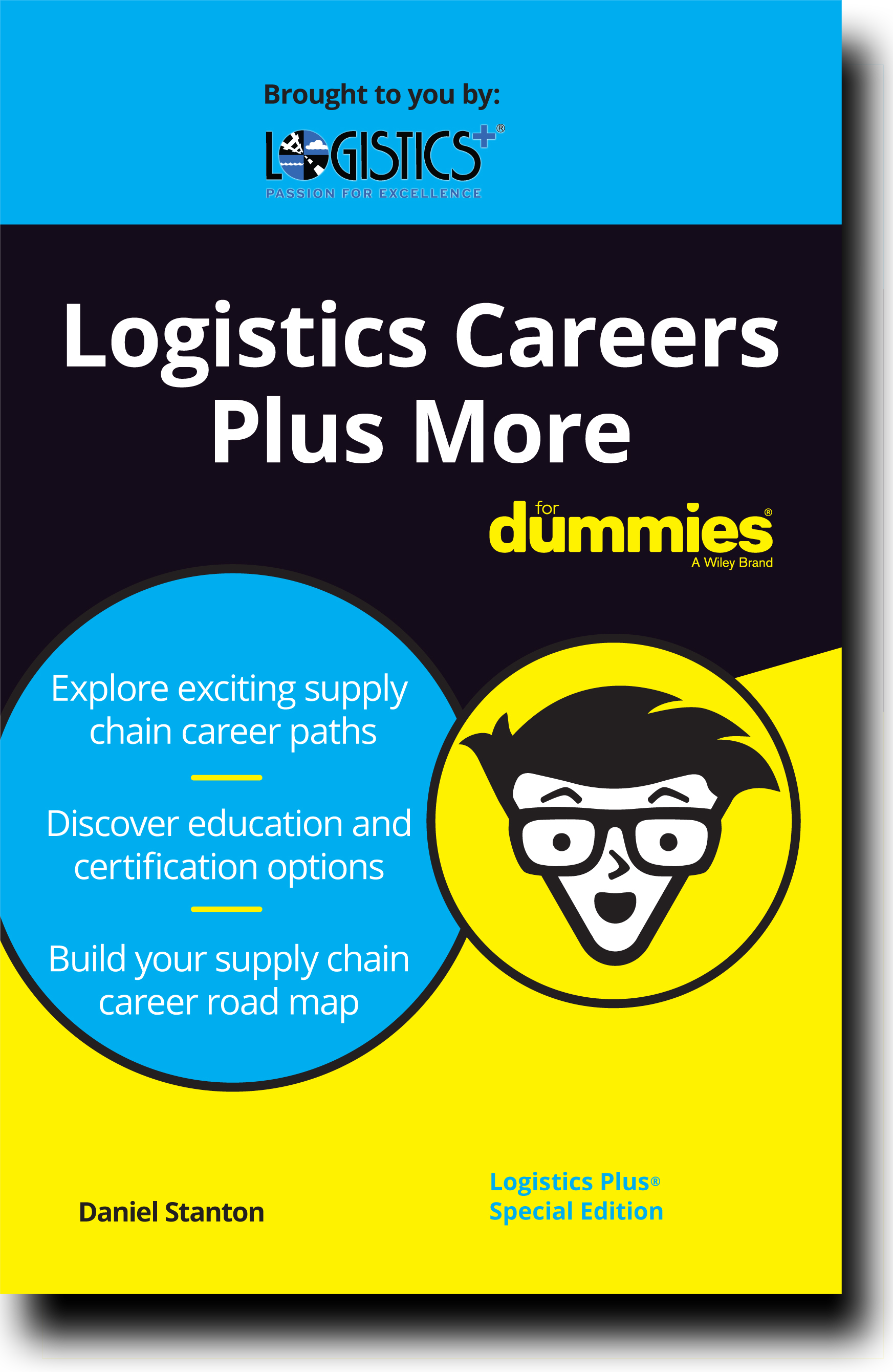 Working in logistics can be a very rewarding experience where every day seems to offer something new. If you think you know everything, try working in the logistics industry and you will soon find out that that’s not the case! And if you’re really interested in logistics or supply chain career, download a complimentary copy of our Logistics Careers Plus More For Dummies® ebook!
Working in logistics can be a very rewarding experience where every day seems to offer something new. If you think you know everything, try working in the logistics industry and you will soon find out that that’s not the case! And if you’re really interested in logistics or supply chain career, download a complimentary copy of our Logistics Careers Plus More For Dummies® ebook!

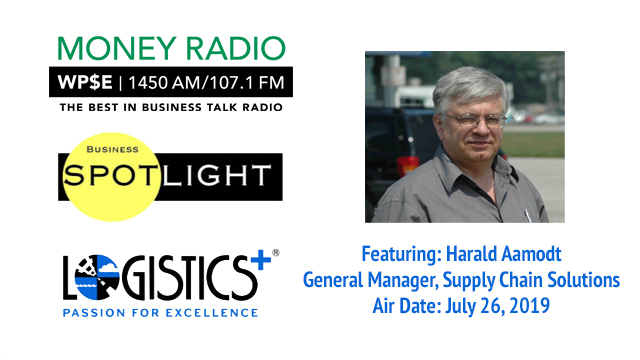
by logisticsplus | Jul 26, 2019 | News
In case you missed it, Harald Aamodt, General Manager of Logistics Plus Supply Chain Solutions was featured in a recent airing of Business Spotlight on WPSE AM 1450/FM 107.1 Radio. Business Spotlight is a 30-minute program airing Fridays at noon. Each segment focuses on a business or organization that is making an impact across the region.
In this segment, Harald discusses his role with Logistics Plus, how logistics plays a big role in the aerospace, aviation & defense industries, and more. You can listen to a replay of the interview on the Logistics Plus YouTube Channel below.
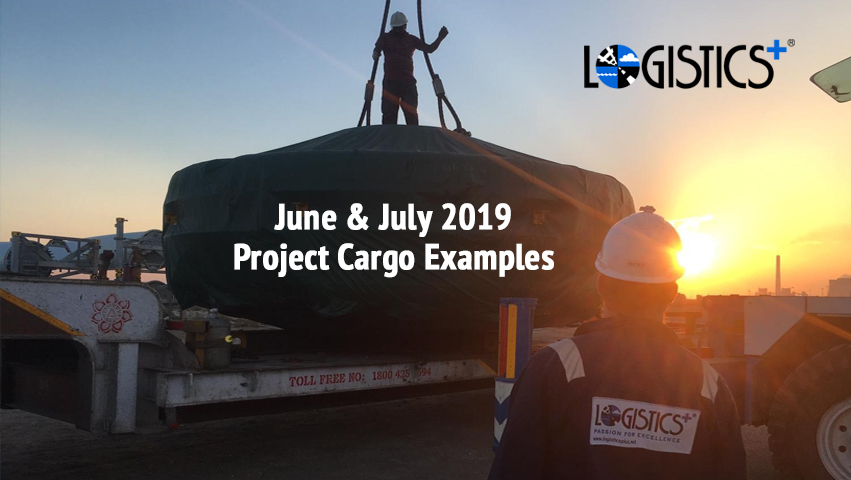
by logisticsplus | Jul 23, 2019 | News
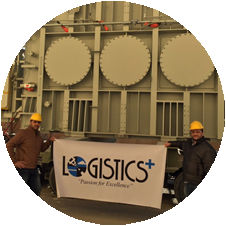 The Logistics Plus Project Cargo Team has kept busy in the summer months of June and July, 2019. In just these two months, we have managed a variety of projects, including the successful deliveries of windmills, heat boilers, transformers, and more (photos included in the video below).
The Logistics Plus Project Cargo Team has kept busy in the summer months of June and July, 2019. In just these two months, we have managed a variety of projects, including the successful deliveries of windmills, heat boilers, transformers, and more (photos included in the video below).
- LP Saudi Arabia successfully delivered a heat boiler from Dammam to Jubail.
- LP Turkey successfully delivered transformers (200 metric tons) to Lithuania.
- LP India successfully completed a windmill project from Europe to Tuticorin port.
- LP Belgium safely delivered press machinery (114 metric tons) from Antwerp to Istanbul.
- LP Turkey successfully delivered 7 units of heat exchangers from Korea to Turkey.
Do you need assistance with your project cargo? Contact our award-winning, global team of project cargo and break bulk experts now.


by logisticsplus | Jul 16, 2019 | News
 Global Trade Alert Message:
Global Trade Alert Message:
Nearly a hundred additional products with a trade value of about $4 billion have been added to a list of goods imported from the European Union that could be subject to additional tariffs in a long-running dispute over aircraft subsidies. In April, the office of the U.S. Trade Representative (USTR) issued a preliminary list of EU goods to which additional tariffs of up to 100 percent may be applied once the arbitrator determines a final retaliation amount. This preliminary list includes 317 tariff lines when imported from any of the 28 EU member states as well as nine tariff lines covering helicopters, aircraft, and aircraft parts when imported from France, Germany, Spain, or the United Kingdom.
A public hearing on these additional products will be held August 5th and written comments are also due on that date. The USTR is specifically interested in which products should be subject to increased tariffs, the level of any such increase, and whether higher tariffs on particular products might have an adverse effect on U.S. stakeholders, including small businesses and consumers. Importers of these goods should consider taking proactive measures to mitigate the impact of any potential tariff increase, such as working to have their products omitted from the final list or considering alternative sourcing locations.
The full HTS list can be found on the Federal Register here: www.federalregister.gov/docs/EU-tariffs

 With the help of the Erie County Department of Health and the Northwest Pennsylvania Tobacco Control Program, Logistics Plus has successfully implemented a smoking cessation program for employees. Over the past several months, members from the Department of Health have conducted weekly meetings and lunch discussions to offer tips and suggestions to stop smoking. Employees who participated were provided with charts, questionnaires, and brochures that helped with setting goals and tracking progress as people began their smoke-free journey.
With the help of the Erie County Department of Health and the Northwest Pennsylvania Tobacco Control Program, Logistics Plus has successfully implemented a smoking cessation program for employees. Over the past several months, members from the Department of Health have conducted weekly meetings and lunch discussions to offer tips and suggestions to stop smoking. Employees who participated were provided with charts, questionnaires, and brochures that helped with setting goals and tracking progress as people began their smoke-free journey.


 Most people don’t dream about working in the logistics industry as a child. In fact, many people aren’t even aware of the logistics industry at all. That doesn’t change the fact that it is an important industry that accounts for nearly 8% of everything we make and sell in the United States. The logistics industry is constantly evolving, and every day presents a chance to learn something new: from new countries and territories you don’t know exist, to random transportation facts. Here is a list of 10 random facts you might learn while working in logistics:
Most people don’t dream about working in the logistics industry as a child. In fact, many people aren’t even aware of the logistics industry at all. That doesn’t change the fact that it is an important industry that accounts for nearly 8% of everything we make and sell in the United States. The logistics industry is constantly evolving, and every day presents a chance to learn something new: from new countries and territories you don’t know exist, to random transportation facts. Here is a list of 10 random facts you might learn while working in logistics:


 The Logistics Plus Project Cargo Team has kept busy in the summer months of June and July, 2019. In just these two months, we have managed a variety of projects, including the successful deliveries of windmills, heat boilers, transformers, and more (photos included in the video below).
The Logistics Plus Project Cargo Team has kept busy in the summer months of June and July, 2019. In just these two months, we have managed a variety of projects, including the successful deliveries of windmills, heat boilers, transformers, and more (photos included in the video below).
